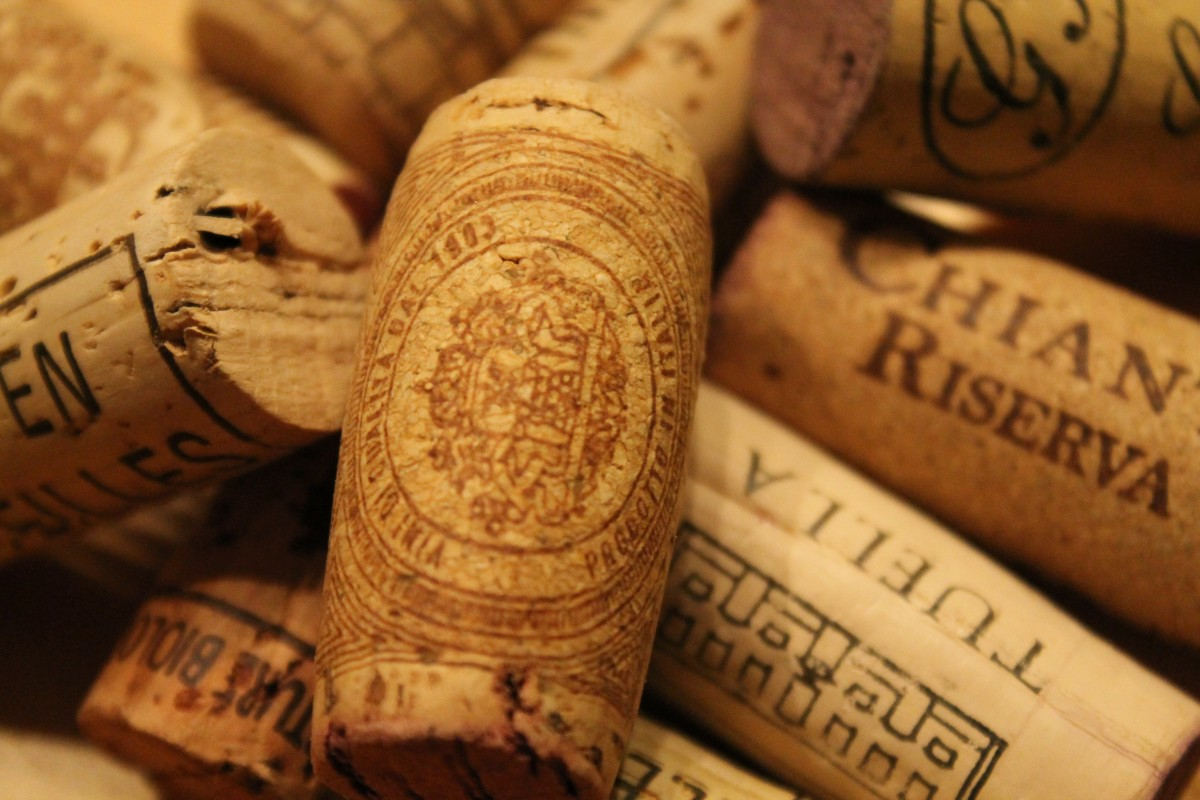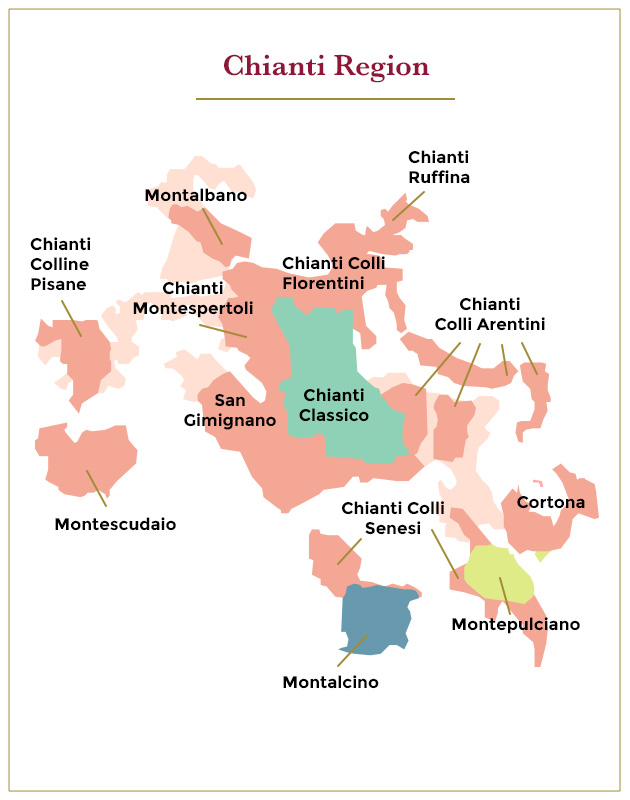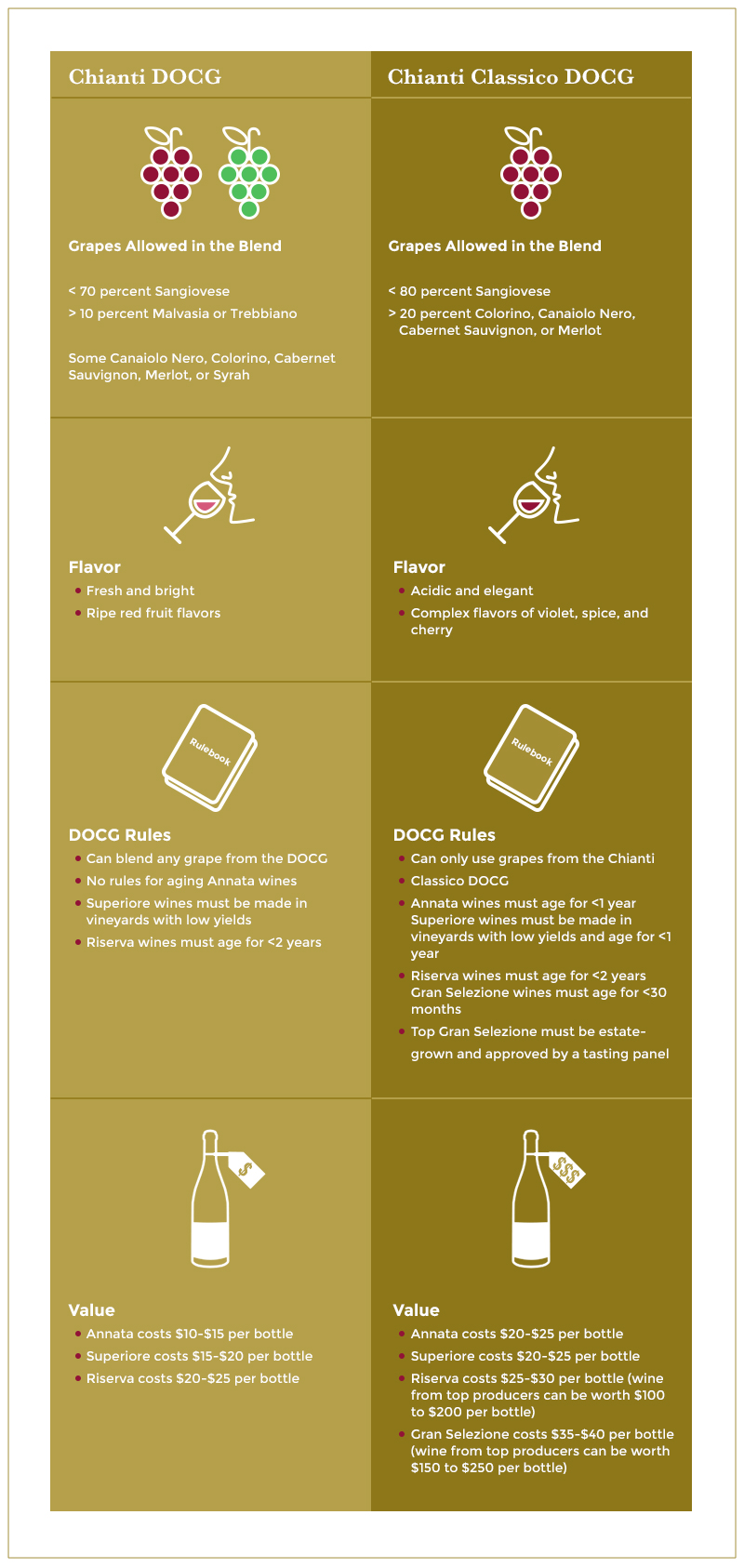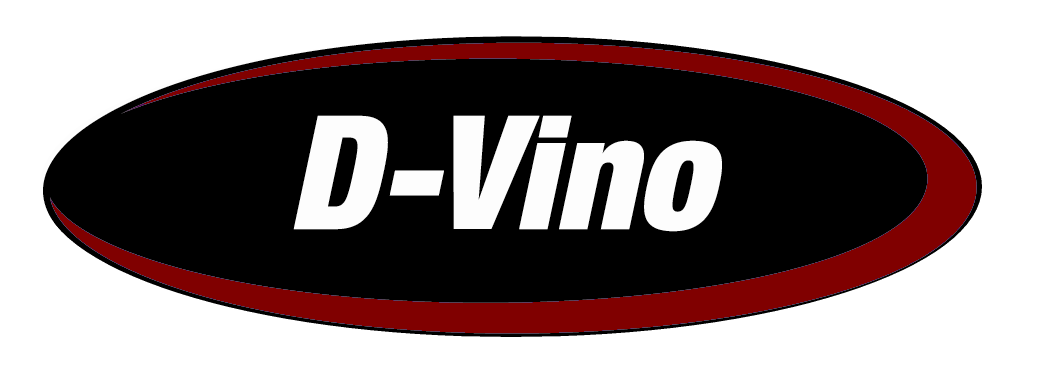
In this guide to Chianti wine, youâll learn which regions, producers, and vintages are the most collectible. Photo Credit: pxhere
When many people think of Chianti, they picture a squat wine bottle encased in a rustic straw covering and served alongside a heaping plate of Tuscan antipasto. This is, after all, a bright, acidic wine that has been shared at Tuscan dinner tables for centuries. Itâs one of the few wines in the world that enhances almost any dish you pair with it. Â
However, Chianti is more than just a delectable table wine. Some of the finest Chianti (such as Chianti Classico) is also famously valuable and age-worthy, making it a must-have wine for any serious collector of Italian wines. Although Italian wines such as Barolo, Brunello, and Super Tuscans tend to receive the most attention and praise from collectors and critics, the best Chianti is also high in quality and deserves a place in your collection. In this guide to Chianti wine, weâll cover which appellations and producers make the most valuable and delicious wines as well as which vintages are most collectible. Learning the basics of the Chianti region makes it easy to appreciate the mouthwatering complexity and variety of these incredible traditional Tuscan wines.Â
What Makes Chianti Wine So Special?Â
Chianti is a broad term for any wine produced in Tuscanyâs central Chianti region:
 Because this area is so large and diverse, a wide variety of wines of varying quality and value are made here. Most blends are made of 70- to 100-percent Sangiovese and up to ten percent Canaiolo. If there are other grape varieties present in the wine, it is typically Cabernet Sauvignon, Syrah, or Merlot or a combination of these (but no more than 20 percent of these grapes can be used in the final blend). Chianti is so unique because every producer has a distinctive style and signature blend; no two Chianti labels taste exactly alike.Â
Because this area is so large and diverse, a wide variety of wines of varying quality and value are made here. Most blends are made of 70- to 100-percent Sangiovese and up to ten percent Canaiolo. If there are other grape varieties present in the wine, it is typically Cabernet Sauvignon, Syrah, or Merlot or a combination of these (but no more than 20 percent of these grapes can be used in the final blend). Chianti is so unique because every producer has a distinctive style and signature blend; no two Chianti labels taste exactly alike.Â
Typically, lower-quality Chianti tastes rounder than high-quality bottles of Chianti Classico do.
While wines from Chianti are diverse, there are some classic flavors that many of these wines have in common. For example, Chianti is often very floral and spicy on the nose, particularly in its youth. Age-worthy Chianti develops earthier flavors like leather and mushroom after about ten years of age. These wines are notably acidic and can be quite tart in their youth, depending on how high in quality they are. Typically, lower-quality Chianti tastes rounder than high-quality bottles of Chianti Classico do. Inexpensive Chianti is meant to be drunk within the first three years of release, while Chianti Classico may take five years or more to soften. Regardless of what type of Chianti you choose to buy, try to serve the wine with food. The acidity and earthy flavors of Chianti perfectly complement almost any savory dish, particularly if the food is hearty or dense.Â
Chianti has increased in quality in recent years. In the early 1970s, a winemaking boom in Tuscany led to an oversaturated market full of low-quality table wine. As a result, Chianti lost favor among serious collectors for a time. However, this changed in the late 1970s, when a group of dedicated Italian wine producers decided to form their own Denominazione di Origine Controllata e Garantita (DOCG). These producers introduced French grapes to the region for the first time and focused on making small batches of very high-quality wines with long aging potential. Today, there are a few different DOCGs in Chianti producing various styles of wine, some of which are extremely valuable and collectible. If you want to start a collection of your own, take a look at our guide to Chianti wine DOCGs below.Â
A Simple Guide to Chianti Wine DOCGsÂ
The easiest and fastest way to tell whether Chianti is high in quality is by looking at the appellation or DOCG listed on the label. The Chianti DOCG consists of seven different appellations, while the Chianti Classico DOCG is a single appellation broken into nine different communes. The rules for Chianti DOCG wines arenât as strict as they are in the Chianti Classico DOCG. For example, Chianti DOCG winemakers are allowed to blend any grapes from any appellation in the DOCG (as long as the grapes were grown outside of the Chianti Classico DOCG zone). By contrast, Chianti Classico can only be made within specific communes and may be subject to a tasting panel from Chiantiâs leading wine experts. Â
In the guide to Chianti wine below, weâve listed a few other differences between these two DOCGs:Â
 Wines made under the Chianti Classico appellation are the highest-quality Chianti wines you can find on the market. However, there are also a few wines made in the Chianti DOCG that are worth considering as well. They are from the Chianti Rufina and Chianti Colli Senesi appellations.Â
Wines made under the Chianti Classico appellation are the highest-quality Chianti wines you can find on the market. However, there are also a few wines made in the Chianti DOCG that are worth considering as well. They are from the Chianti Rufina and Chianti Colli Senesi appellations.Â
- Chianti Rufina contains at least 70-percent Sangiovese and can only be blended with other approved red varieties. The region is cooler than other areas within the Chianti DOCG, so the wines ripen more slowly. This gives the wine incredible acidity and complex flavors.Â
- Chianti Colli Senesi is a blend of at least 70-percent Sangiovese and other red varieties. This region is located close to Montalcino and Montepulciano, so these grapes are grown in close proximity to some of Italyâs finest terroirs. However, the climate is a bit warmer here, so the wines tend to taste quite fruit-forward.Â
In most cases, wines from these appellations will be specifically labeled as Chianti Rufina or Chianti Colli Senesi. Producers almost always include the specific appellation on the label because these areas have excellent reputations.Â
Riserva wines are aged for two years or more before theyâre released, which adds more complexity to the wineâs flavor and increases the aging potential.
The Chianti Classico DOCG produces the most collectible and valuable Chianti wine. If youâre looking for a wine to lay down or one that you can resell on the secondary market, youâll want a wine from the Chianti Classico zone. Chianti Rufina is the next most collectible wine. Wines from this appellation can also age for long periods of time (about ten years) and taste quite refined. However, they are not particularly valuable on the secondary market and gain very little in value as they reach maturity. This isnât the best option for collectors looking to flip bottles. Chianti Colli Senesi is not as high in quality as Chianti Rufina but is a step above wines from other appellations in the Chianti DOCG. These wines are fruit-forward, approachable, and best drunk young. It is possible to find fine wines in other areas in the Chianti DOCG, but the vast majority are easy-drinking table wines.Â
When you shop for Chianti, look for other signifiers of quality, such as whether the wine is labeled Superiore or Riserva. Superiore wine must be aged a minimum of nine months. Riserva wines are aged for two years or more before theyâre released, which adds more complexity to the wineâs flavor and increases the aging potential. Chianti Classico Gran Selezione wines are aged for even longer periods of time and have to be approved by an expert panel before being released. (Chianti Classico Annata wines, on the other hand, are easy-drinking, fresh-tasting wines aged just a year or slightly more.) If you see a wine labeled Superiore, Riserva, or Gran Selezione, itâs likely to be higher in quality than other wines made in the same DOCG, appellation, or commune.Â
What Are the Highest-Rated Chianti Producers?Â
The information on the label can only tell you so much about the potential quality of the wine. For instance, Gran Selezione is one of the highest-quality types of Chianti available, but thereâs still variation in quality and value among these wines. Some are worth hundreds of dollars, whereas others are worth much less.Â
One way to tell whether a wine will age well or gain in value over time is by familiarizing yourself with the top-ranked Chianti producers. The guide to Chianti wine producers below lists of some of the most noteworthy and reputable estates:Â
- Badia a Coltibuono: A Chianti Classico producer known for blends that include Canaiolo, Colorino, and Ciliegiolo.
- Brancaia: A Chianti Classico producer known for its Sangiovese and Merlot blends.Â
- Castello di Ama: A Chianti Classico producer known for its Sangiovese, Merlot, and Malvasia Nera blends.Â
- Castello dei Rampolla: A Chianti Classico producer known for its Sangiovese, Merlot, and Cabernet Sauvignon blends.Â
- Castello di Volpaia: This producer makes several labels of Chianti Classico, including a 100-percent Sangiovese wine as well as blends.
- Fattoria di Felsina: A Chianti Classico producer known for its 100-percent Sangiovese wines.Â
- Fattoria Viticcio: A Chianti Classico producer known for its Sangiovese and Merlot blends.Â
- Querciabella: A Chianti Classico producer known for biodynamic, 100-percent Sangiovese wines.
The quality and flavor of the wine depend in large part on which grapes the producers choose to include in the final blend.
As we mentioned previously, each Chianti producer has its own distinctive winemaking style and each chooses what varieties and amounts of grapes to add to the base of Sangiovese. The quality and flavor of the wine depend in large part on which grapes the producers choose to include in the final blend. Many producers make several Chianti Classico wines, which each use a different blend of grapes.
For example, Castello di Ama uses a blend of 80-percent Sangiovese and a 20-percent mix of Merlot and Malvasia Nera for its San Lorenzo Chianti Classico Gran Selezione label. This blend is fairly acidic and perfumed due to the high concentration of Merlot, but itâs balanced out by the rich chocolate notes that come from the Malvasia Nera grapes. The estateâs other Gran Selezione wines feature different percentages of these varieties. The 2016 Ama Chianti Classico Gran Selezione Bellavista contains a blend of 80-percent Sangiovese and 20-percent pure Malvasia Nera, so this wine is slightly richer than the San Lorenzo label. Meanwhile, the 2016 Ama Chianti Classico Gran Selezione La Casuccia contains a blend of 80-percent Sangiovese and 20-percent Merlot, making it one of the more aromatic and acidic wines the producer offers.Â
So, even when you invest in wines from a single producer, you may find that you enjoy some wines more than others. This is what makes Chianti so appealingâevery bottle is a brand new experience.Â
The Best Chianti Wine VintagesÂ
As with any wine, the quality of Chianti varies by vintage. In years when the weather is particularly cool, these wines tend to taste more acidic. In these cool vintages, the most successful wines are those that have more Cabernet Sauvignon in the blend, as this balances out the acidity in the Sangiovese and Merlot. In hot vintages, Merlot-heavy blends or those made from 100-percent Sangiovese tend to be better than those made from 20-percent Cabernet Sauvignon.Â
Below is a guide to the best Chianti wine vintages according to Chianti Classico scores from Wine Advocate:Â
- 2016 (97 points)Â
- 2013 (96 points)Â
- 2010 (96 points)Â
- 2006 (96 points)Â
This list isnât comprehensive; these vintages are simply the most consistent in quality across the entire Chianti Classico region. Even in poorer vintages, some producers may have more success than others. This is why itâs important to read tasting notes for each individual wine before you buy it.Â
How to Collect Chianti WineÂ
Starting a Chianti wine collection is an easy process, as there are many high-quality wines to choose from. To create a deep, varied collection of Chianti wine:Â
- Buy a few bottles of Chianti Classico Annata, Chianti Rufina Annata, or Chianti Colli Senesi Annata that you can drink now.Â
- Invest in higher-quality Superiore or Riserva wines from Chianti Rufina and Chianti Colli Senesi that may require a year or two of aging, but not much longer.
- Store a few bottles of Chianti Classico Superiore, Riserva, or Gran Selezione until they reach maturity (at least ten years after release).Â
Investing in a range of Chianti wines offers you the greatest flexibility. You can drink the young wines now and hold the more age-worthy wines until their tannins have softened. You can also resell your wine on the secondary market for a profit if the wine is particularly valuable. Chianti Classico tends to gain in value very slowly, but if youâre patient and wait to sell until the wine has reached peak maturity, you could make a solid return on investment. For the most part, though, Chianti wine collections are meant to be drunk, not sold on the secondary market. Most collectors buy these wines for special dinners or to give away as gifts. As one of the most delicious and food-friendly wines in the world, Chianti is the perfect choice for your next celebration.Â
Whether you are starting your high-end wine collection or adding to an established portfolio, Vinfolio is your partner in buying, selling, and professional storage. Contact us today to get access to the worldâs finest wine.Â
The post The Ultimate Guide to Chianti Wine appeared first on Vinfolio Blog.


